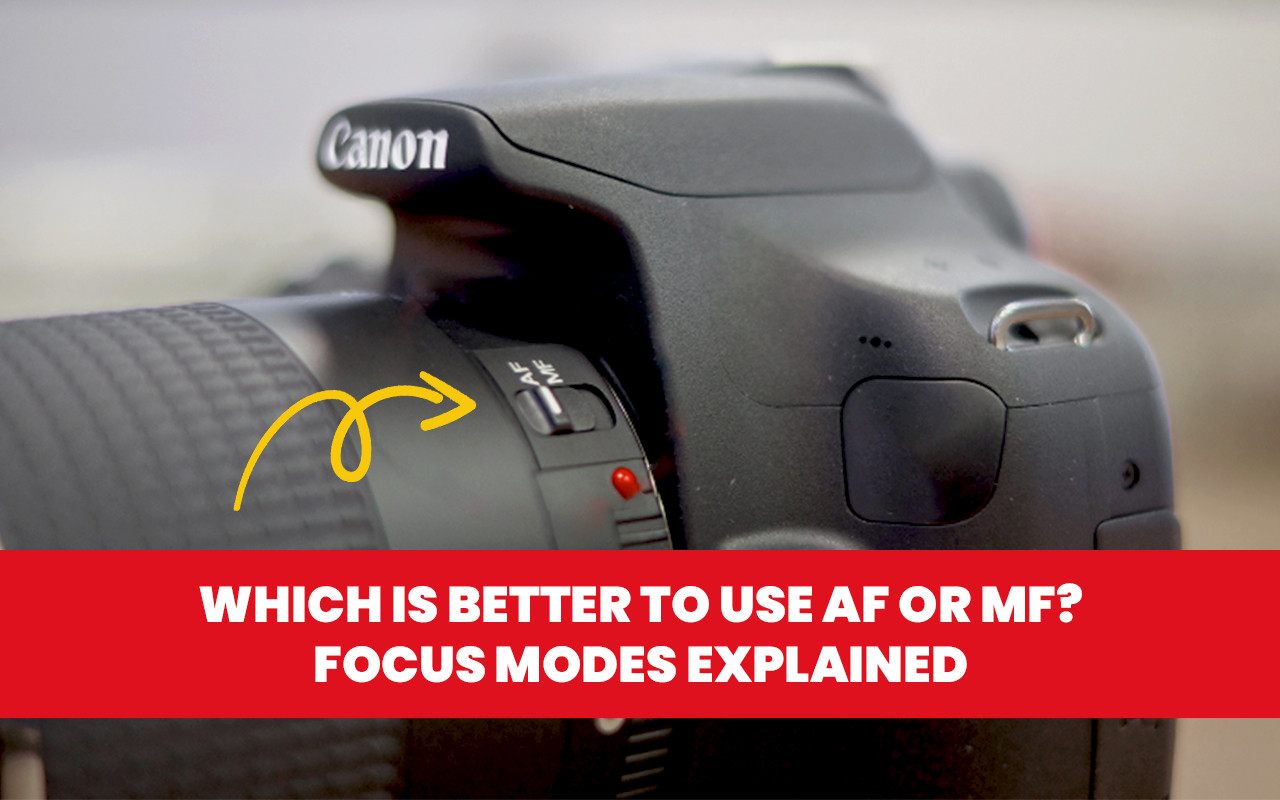
Have you ever questioned what the AF/MF switch on your camera or lens does? You're not alone. These two focus modes—Autofocus (AF) and Manual Focus (MF)—have a significant impact on how your images will turn out. Understanding when and how to use each can be the difference between a good shot and the perfect shot, particularly when you're racing against time to capture it.
Alright, let's dive into the world of focus modes and settle it once and for all: AF or MF—what's best? Spoiler alert: it depends on what you're shooting!
If you're a photography beginner, AF and MF won't mean anything to you. In simple terms:
Your camera uses internal sensors and contrast or phase detection to gauge the distance between your subject and the lens. Once that's determined, the motor in the lens is adjusted.
There exist two popular kinds of autofocus systems:
Some newer mirrorless cameras employ hybrid AF, which is a combination of both techniques for better performance.
The positive aspects of AF:
Let's break down the most common AF modes.
It's the best option for photographing stationary objects. When you half-press the shutter button, your camera locks focus on the subject. If the subject moves later, the Focus will not be re-calculated unless you re-focus.
Ideal for:
AF-C is meant for panning subjects. The moment you turn on this mode, your camera continuously adjusts focus as you have the shutter button half-pressed. It stays sharp even when in transit.
Recommended for.
If you're unsure whether your subject will be stationary or not, AF-A (Automatic Autofocus) is yours to use. This hybrid mode will detect motion automatically and shift between AF-S and AF-C as required.
Recommended for:
Direct Manual Focus is the best of both worlds—Autofocus and manual Focus combined into one seamless system. This mode will allow photographers to autofocus on a subject and then make small adjustments by hand quickly without changing settings. It is Autofocus with a manual option.
This is particularly useful in mirrorless cameras such as Sony, Fujifilm, and Olympus, which normally feature DMF as a standard feature.
Recommended for:
Manual Focus provides complete control. You rotate the focus ring to get things sharp where you want them sharp. It is slower than Autofocus but more precise, particularly in low light or creative photography.
Where to apply:
TIPS: Older lenses and some cinema lenses only come with manual Focus.
It's not about speed—it's about precision.
Let's put Autofocus and Manual Focus head-to-head and break down their strengths and weaknesses.
| Feature | Autofocus (AF) | Manual Focus (MF) |
| Speed | Fast and easy | Slower |
| Control | Less manual control | Full control |
| Best For | Action, portraits | Macro,low light,videos |
| Learning Curve | Easy for beginners | Need pratice |
Final verdict?
Here's a breakdown of which focus mode might suit your favorite genre:

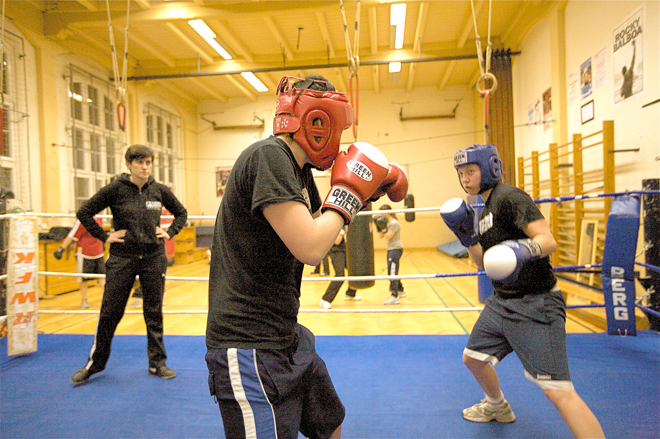


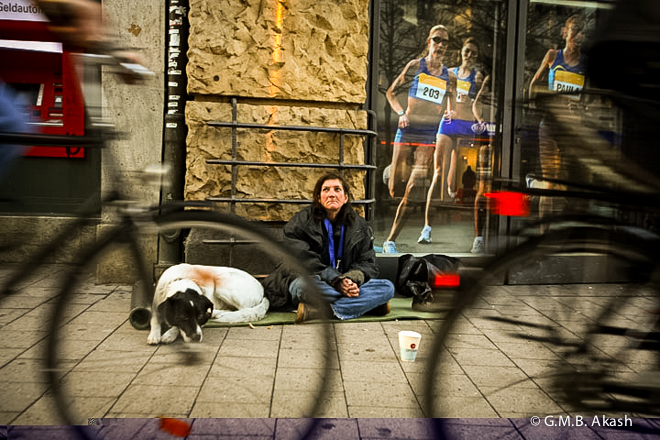
Ask yourself:
Am I shooting something still or moving?
Do I need full control or just speed?
Your answer determines whether you should trust the camera—or take control yourself.
Now comes the million-dollar question: When should you use Autofocus, and when is it better to switch to manual Focus?
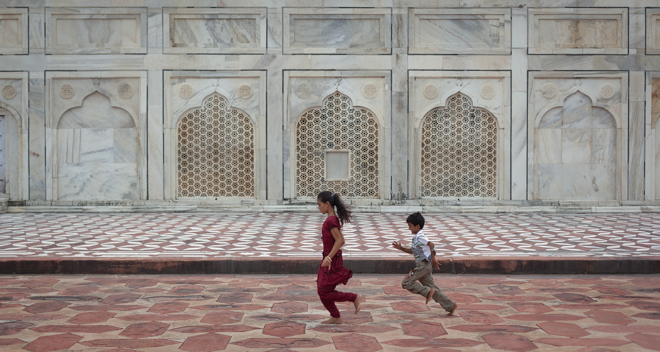
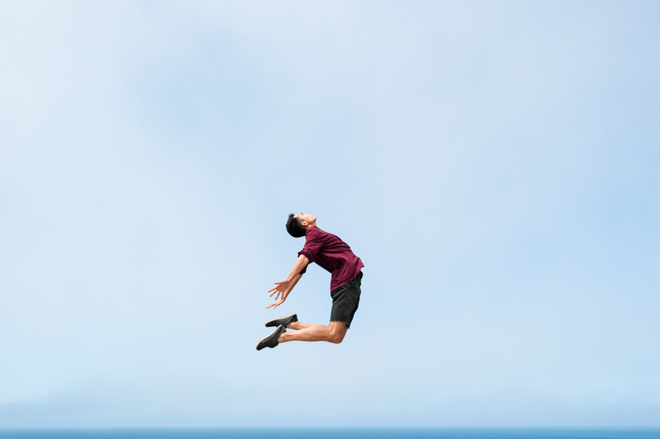



Real-World Scenarios:
Tips: there's no universal rule, but understanding your camera, your subject, and the light will guide your decision.
Whether you lean more towards AF or MF, learning a few practical techniques can elevate your game.
Mastery isn't about using every tool—it's about knowing which one works best in the moment.
When it comes to video, focusing is a whole different ball game. Autofocus is quick and reactive, but that can be a double-edged sword. Let's break it down.
Many filmmakers use a technique called "focus pulling," where a camera assistant or the operator manually adjusts focus during a shot to shift the viewer's attention.
AF or MF is not a question of which is superior but which is superior for the image.
Autofocus has improved a lot and is great for quick, unexpected moments.
Manual Focus provides you with absolute control and artistic discretion, particularly under challenging conditions.
1. What are AF and MF on a lens on a camera?
AF stands for Autofocus, where the camera focuses on your behalf. MF stands for Manual Focus, where you manually focus the lens.
2. When should we use manual Focus instead of Autofocus?
Employ manual Focus for better control, particularly in macro, low-light, or video situations where Autofocus may fail.
3. What is the AF/MF switch for Canon lenses?
This is a toggle between Autofocus (AF) and Manual Focus (MF). Flip it according to how you prefer the Focus to be handled.
4. Is Autofocus or Manual Focus appropriate for videos?
Manual Focus tends to be more video-friendly since it lets you make quiet and more precise focus adjustments without hunting or noise.
5. Can I buy an Autofocus control for my camera?
Yes, most contemporary lenses do have full-time manual overrides (namely Canon's USM or STM lenses), but double-check your particular lens just in case.